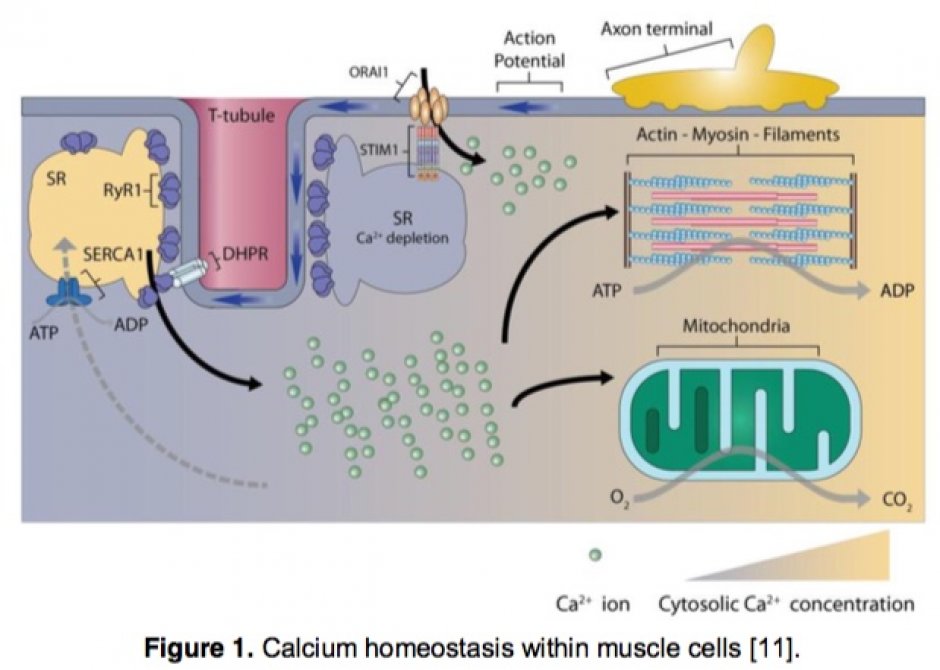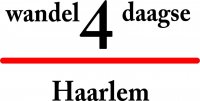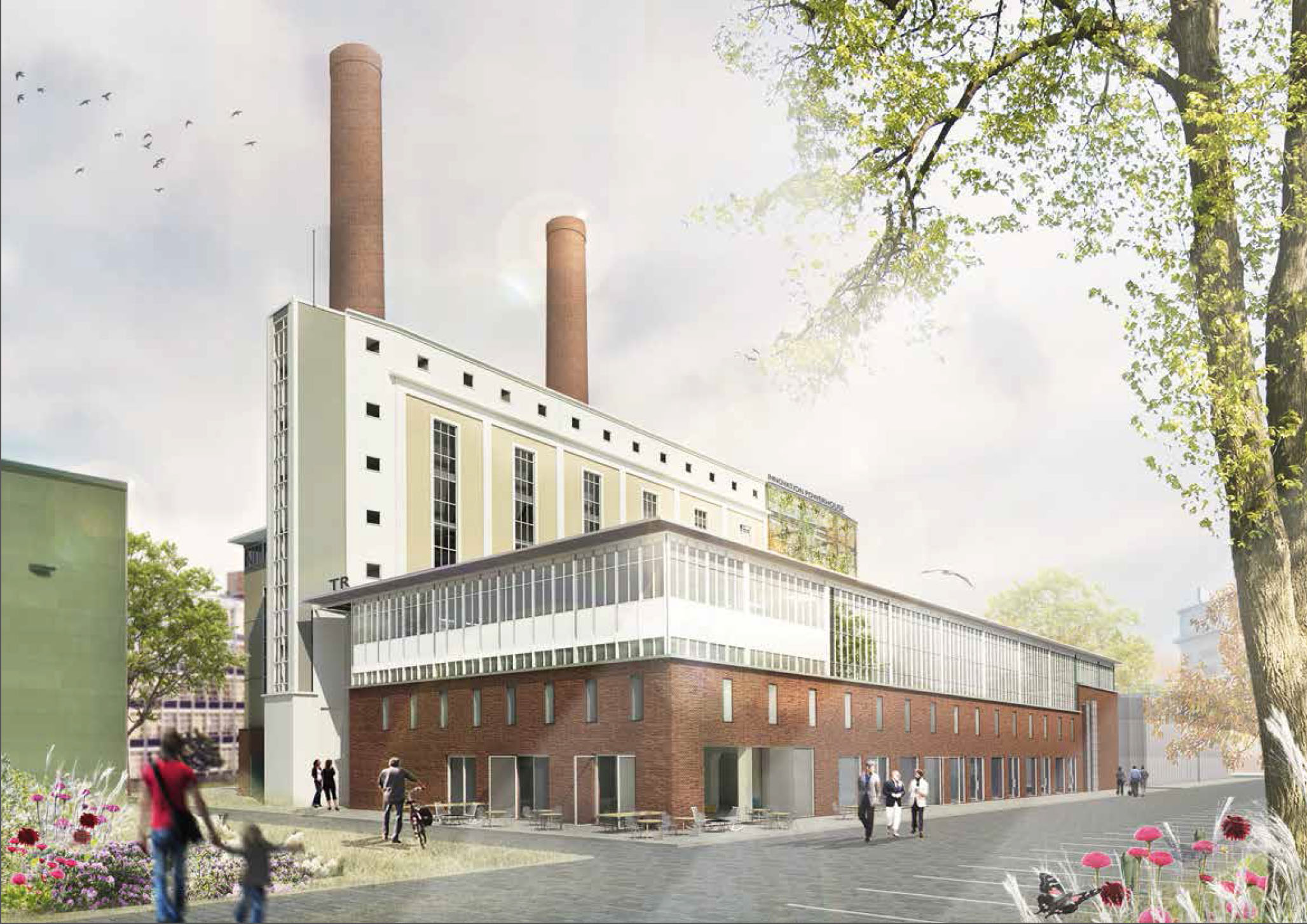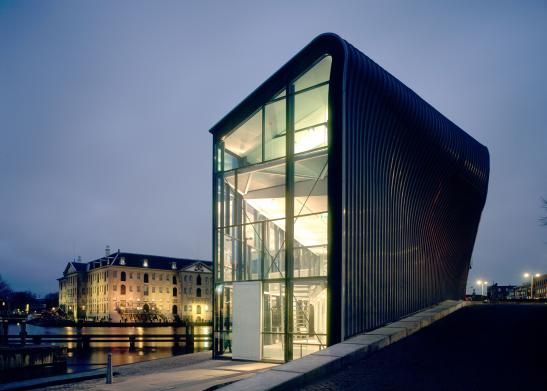
Mitochondria-endoplasmic reticulum interactions and calcium homeostasis in mitochondrial myopathies; the effects on energy production
UMC Radboud - Nijmegen
Onderzoeksleider:
Christiaan Saris, MD, Phd
Onderzoeksteam:
Dirk Lefeber, Phd - Radboud
Richard Rodenburg, Phd - Radboud
Prof. Luca Scorrano, Venetian Institute of Molecular Medicine, Univerity of Padova (Italy)
Parta Giacomello, Phd - Venetian Institute of Molecular Medicine, Univerity of Padova (Italy)
Krachtbundelsubsidie van Ride4Kids en Join4Energy: € 25.000
Start: 1 januari 2018
Looptijd: 18 maanden
The energy that muscle cells consume during contraction and relaxation while walking or biking is provided by mi tochondria in the form of adenosine triphosphate ( ATP ) . Lack of energy in muscles can result in fatigue during exercise , muscle cramps and pain (myalgia). For optimal performance of mitochondria, close interaction with another cell organelle, the endoplasmatic reticulum, is necessary. During this interaction, minerals and ions like calcium (Ca2+) are ex ch anged. Dysfunction in this interaction can lead to muscle cell dysfunction and ultimately to cell dead ( apoptosis ) , but the exact mechanisms are unknown .
Our study will focus on the interactions between mitochondria and endoplasmatic reticulu m (ER) and the Ca2+ homeostasis. We will use fibroblasts and a knockout cell line with a recently discovered gene defect in a gene important for this inter action. The patient carrying mutations in this gene suffers from exercise intolerance, muscle cramps and my algia with reduced ATP production in her muscle cells. Preliminary data on fibroblasts suggest that the mitochondria in these cells have a reduced proximity to the ER and a reduced mitochondri a l Ca2+ uptake .
By adding wild type protein in the fibroblast ce ll s of the patient , w e will investiga te whether the ATP production and interaction between mitochondria and ER will normalize. Creating a muscle cell line without the protein will give an in vitro model for additional tests, to see whether the observed fin dings can be reproduced.
Understanding these cel lular processes will give opportunities to find new therapeutic targets in the crosstalk between the mitochondria and ER. These targets can possibly improve ATP production and prevent muscle cell dead. In f uture, we hope to be able to have better treatment options for exercise intolerance, muscle cramps and myalgia.
Overig nieuws
Pathogenic mechanism of glutaminase deficiency caused by short tandem repeat expansions in GLS
Erfelijke metabole ziekten leiden vaak tot ernstige lichamelijk en verstandelijke...
Hoe leren patiënten omgaan met de beperkingen van de ziekte van McArdle
Radboud UMC Onderzoeksleider: Dr. Nicol Voermans Deelnemende onderzoekers (v.l.n.r.):...
Bead I-cell disease
Erasmus MC Rotterdam - Center for Lysosomal and Metabolic Diseases (CLMD) Onderzoeksleiders: Prof....



